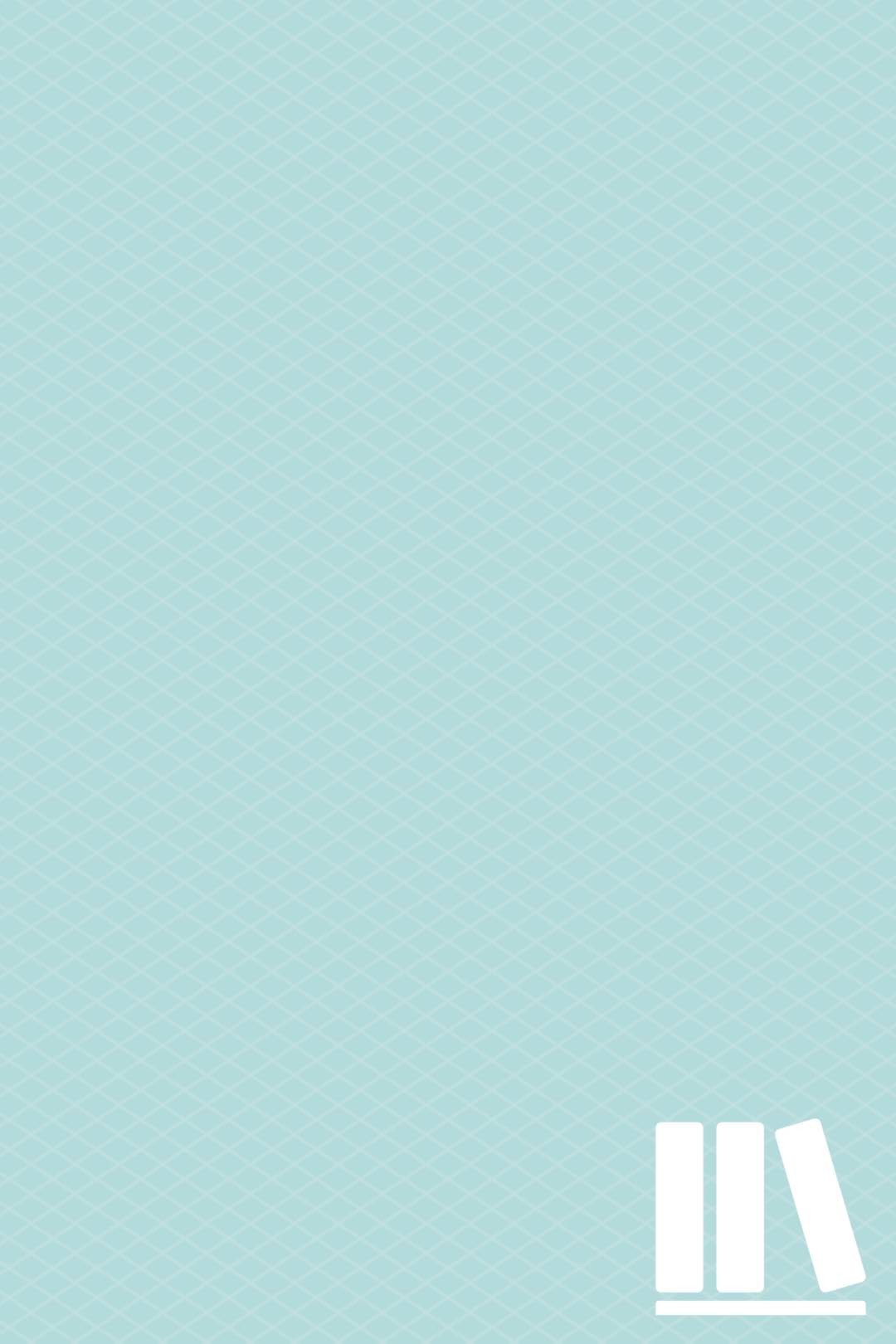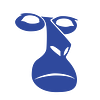Take a photo of a barcode or cover
This first book released by isolarii, perhaps, first needs a word about format and intent...
From the website: "isolarii are island books—singular worlds, encapsulated. Together, they assemble disparate writers, artists, filmmakers and architects to help us navigate the world anew." And from the back of this book: "isolarii revives an extinct literary genre---the Renaissance 'island books'---to form an archipelago of today's most avant-garde groups and figures. each book is an island: an act of preservation or a point of orientation."
Daniel Fernández Pascual and Alon Schwabe make up the "spatial practioners" known as Cooking Sections. "They explore the systems that organise the world through food." And the basis for this book is best captured in Hans Ulrich Obrist's foreword exchange with the research-based duo:
In a sense this book is about our relationship to color and consumption, but in a broader sense it touches on one of the things that makes capitalism and the current global market so hard to critique: The production costs and socially/environmentally-destructive processes are hidden/displaced from the points of purchase/consumption. You, most likely, do not watch your food get killed. You, most likely, do not deal with the water and air impacted near large fisheries or farms. Most likely, you never think about or see your trash again once it is picked up on trash day. Not just the negative impacts, but the entire infrastructure necessary to produce and maintain our modern day consumption habits is rendered virtually invisible.
Salmon: A Red Herring traces how color that may have once indicated healthy or natural/wild fish/food has been fetishized and commodified to the point that consumers now expect products with such specific, consistent coloring that artificial means are required. And these interventions so singularly pursue their color goals that harm to living organisms (human and animal) seem secondary. Keep in mind that this "book" is about the size of a standard deck of playing cards and yet it manages to take us through so much history and so many tangential connections that it is rather astounding. From the sheep/wool industry in Skye displacing humans who would then turn to Salmon fishing, to the expectation of German consumers that their egg yolks be orange, industry and color become so intertwined as to reverse the dynamic so that color is now the static element through which biology passes/bends toward.
Whether you're commercially coloring your fish with Carophyll or hearkening back to the 1950s to get that wonderfully "universal" white skin tone standard set by Shirley cards, you'll see our consumer relationship to color is as complicated and unsustainable as most of our cultural practices that have reached an economy of scale. From the way this books colored pages run through the full range of salmon coloring to the dire questions it raises, you'll find this to be one of the most wonderfully disturbing of contemporary reads. Artistic activism is sounding the alarm bells if only we could find the unmute button.
-------------------------------
A FEW NEW-TO-ME WORDS
otolith | vaterite | unheimlich
From the website: "isolarii are island books—singular worlds, encapsulated. Together, they assemble disparate writers, artists, filmmakers and architects to help us navigate the world anew." And from the back of this book: "isolarii revives an extinct literary genre---the Renaissance 'island books'---to form an archipelago of today's most avant-garde groups and figures. each book is an island: an act of preservation or a point of orientation."
Daniel Fernández Pascual and Alon Schwabe make up the "spatial practioners" known as Cooking Sections. "They explore the systems that organise the world through food." And the basis for this book is best captured in Hans Ulrich Obrist's foreword exchange with the research-based duo:
"...the book maps this story. Our protagonist is farmed salmon, but as it emerges in the form of a little house sparrow that actually turned salmon, the color.
[DFP]: This is a real story that we heard about on the Isle of Skye, a sparrow whose feathers turned from brown to pink...
[AS]: It kickstarted our investigation—a kind of molecular thread that we pursue across the pages of the book, from Mexico to Norilsk, through species of all sorts.
[DFP]: In a healthy ecosystem, wild salmon eat shrimp and krill— these tiny organisms gift salmon their distinctive pink hue. In salmon farms, disrupted ecosystems, salmon would not naturally turn pink—they would be gray. And so color is artificially fed to them, according to a color-chart called the SalmoFan."
In a sense this book is about our relationship to color and consumption, but in a broader sense it touches on one of the things that makes capitalism and the current global market so hard to critique: The production costs and socially/environmentally-destructive processes are hidden/displaced from the points of purchase/consumption. You, most likely, do not watch your food get killed. You, most likely, do not deal with the water and air impacted near large fisheries or farms. Most likely, you never think about or see your trash again once it is picked up on trash day. Not just the negative impacts, but the entire infrastructure necessary to produce and maintain our modern day consumption habits is rendered virtually invisible.
Salmon: A Red Herring traces how color that may have once indicated healthy or natural/wild fish/food has been fetishized and commodified to the point that consumers now expect products with such specific, consistent coloring that artificial means are required. And these interventions so singularly pursue their color goals that harm to living organisms (human and animal) seem secondary. Keep in mind that this "book" is about the size of a standard deck of playing cards and yet it manages to take us through so much history and so many tangential connections that it is rather astounding. From the sheep/wool industry in Skye displacing humans who would then turn to Salmon fishing, to the expectation of German consumers that their egg yolks be orange, industry and color become so intertwined as to reverse the dynamic so that color is now the static element through which biology passes/bends toward.
Whether you're commercially coloring your fish with Carophyll or hearkening back to the 1950s to get that wonderfully "universal" white skin tone standard set by Shirley cards, you'll see our consumer relationship to color is as complicated and unsustainable as most of our cultural practices that have reached an economy of scale. From the way this books colored pages run through the full range of salmon coloring to the dire questions it raises, you'll find this to be one of the most wonderfully disturbing of contemporary reads. Artistic activism is sounding the alarm bells if only we could find the unmute button.
-------------------------------
A FEW NEW-TO-ME WORDS
otolith | vaterite | unheimlich


